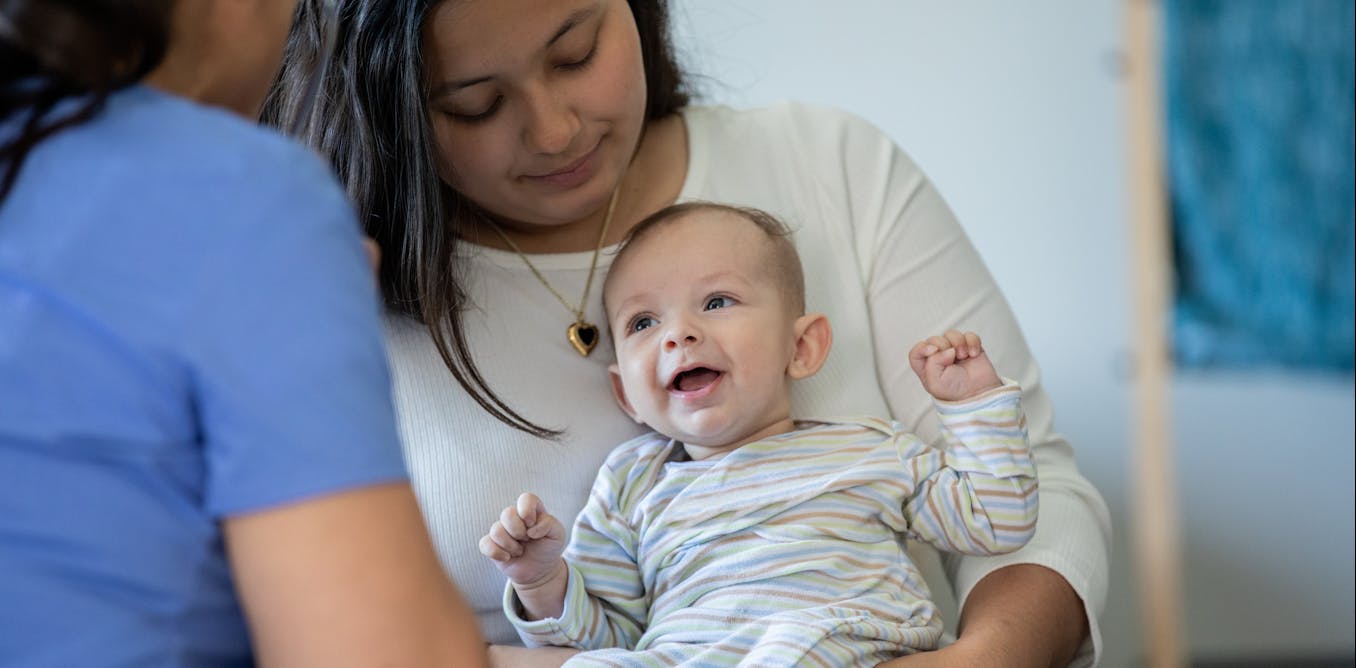
"AI tools, when thoughtfully implemented, could enhance the safety and efficiency of protective services aimed at vulnerable individuals, but caution is necessary."
"The AI-powered iCare initiative raises the crucial question of whether technology can effectively protect the vulnerable or perpetuate existing systems of harm."
Artificial intelligence is increasingly being utilized to prevent abuse and safeguard vulnerable groups, such as children in foster care and adults in nursing homes. Developers employ technologies like natural language processing and predictive modeling to identify threats and risks in real time. These tools can help social workers prioritize high-risk cases for intervention. However, concerns arise that AI may replicate historical biases and systemic inequalities, necessitating mindful implementation. Projects like iCare prompt vital discussions on AI's true effectiveness in protecting vulnerable populations without reinforcing existing injustices.
Read at The Conversation
Unable to calculate read time
Collection
[
|
...
]